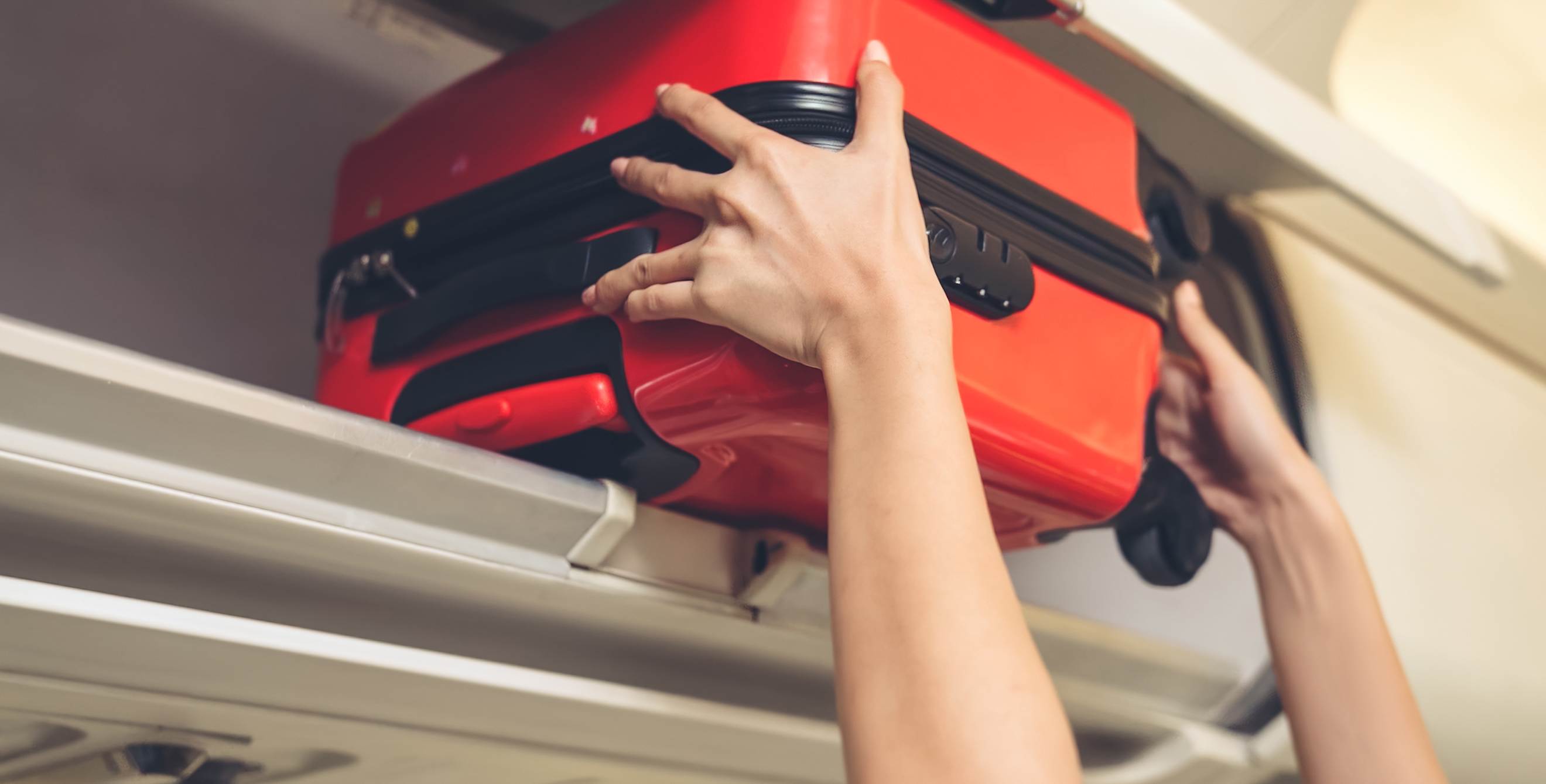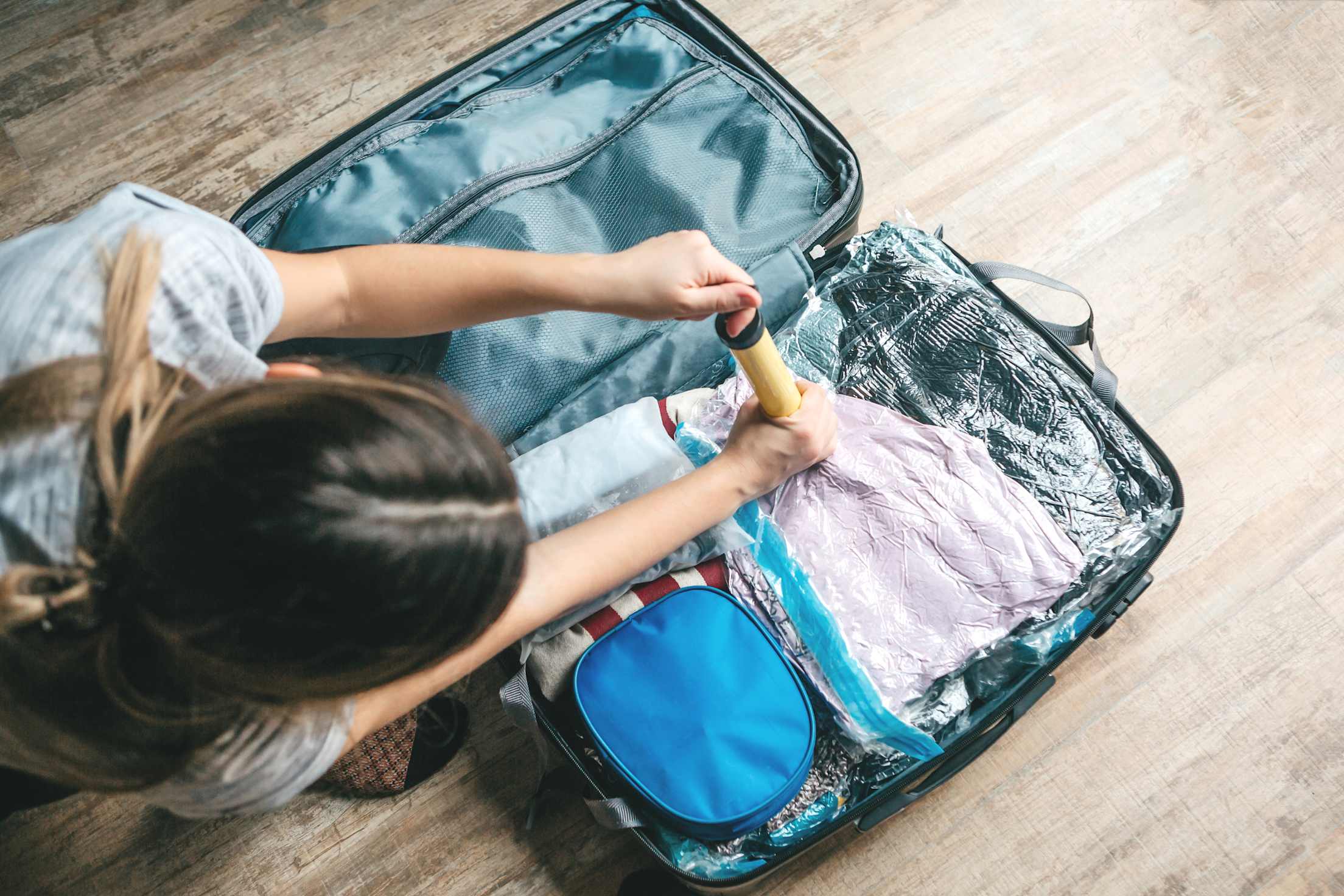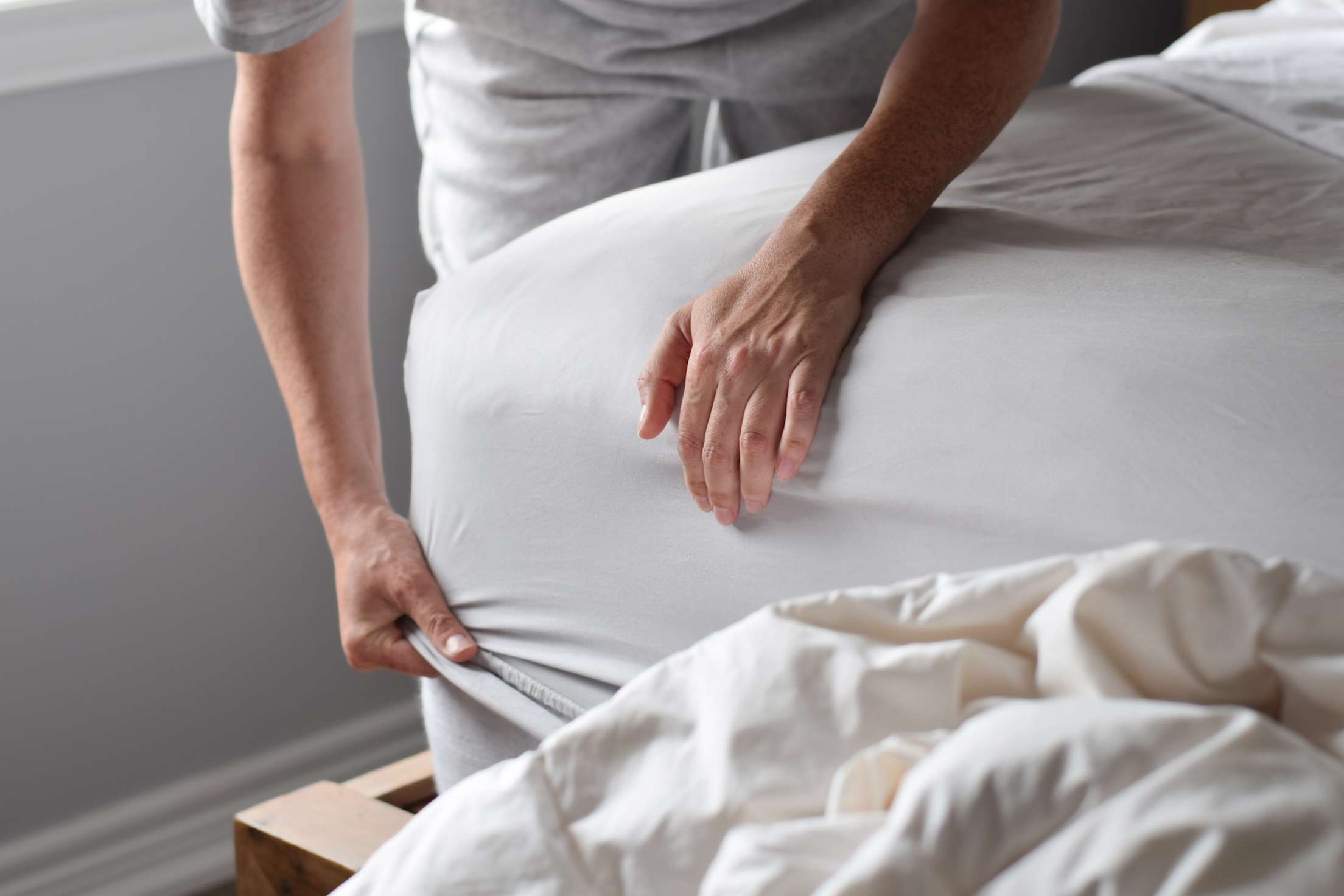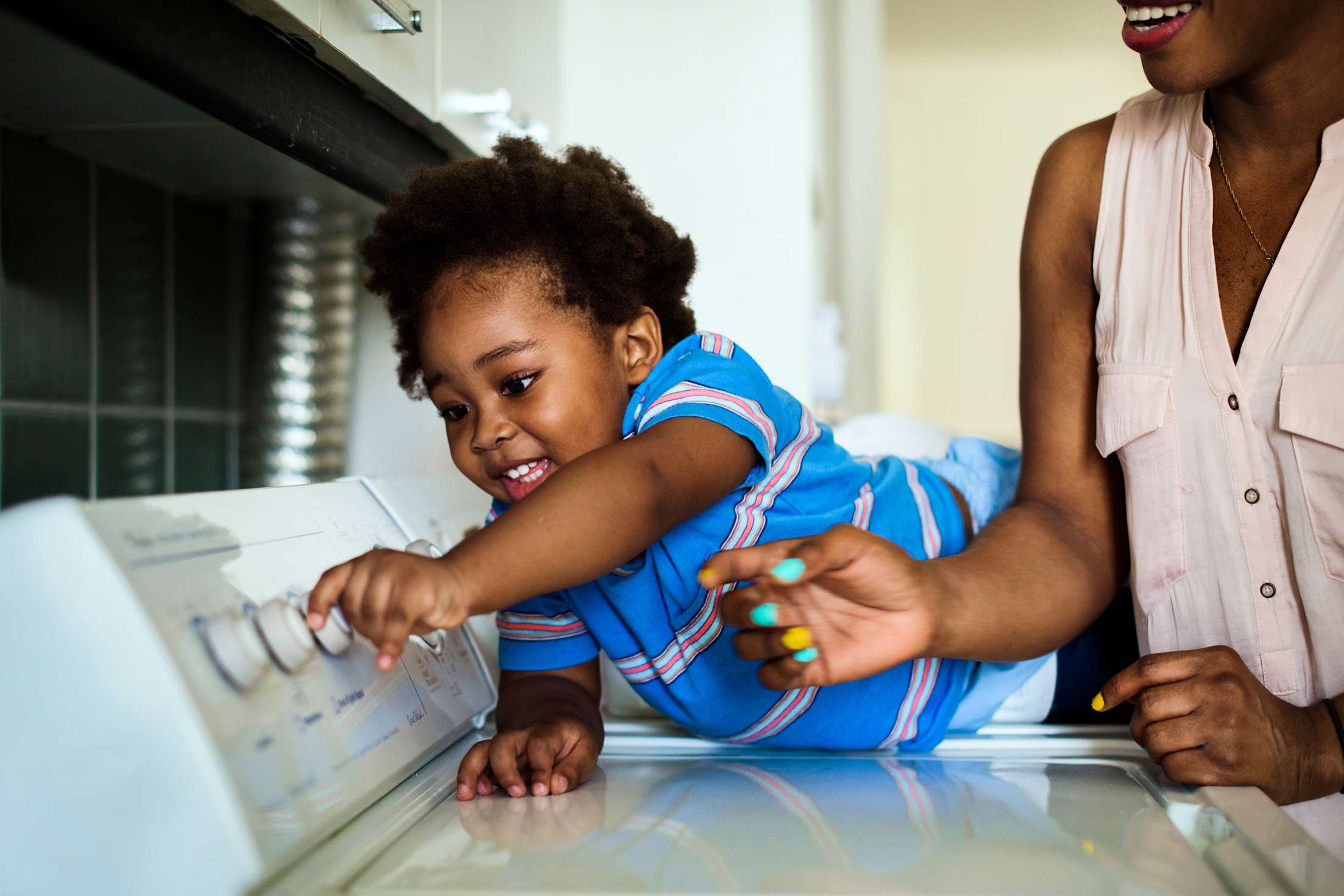
How to Avoid Bedbugs While Traveling
From packing precautions to post-vacation elimination, here’s how to stay bug-free.

Bedbugs have been sharing caves, homes, and hotel rooms with humans for around 200,000 years. But recently, rising global travel patterns have spread insecticide-resistant strains worldwide, spawning an international bedbug resurgence. News and social media sites are crawling with images of the parasites infiltrating the Paris metro during Fashion Week and creeping around hotels, ships, trains, theaters, and restaurants across the globe. It’s difficult to sleep tight —or ride public transport in daylight—knowing the bedbugs may bite.
Fortunately, there’s good news. First, despite the hubbub, the chances of picking up a bloodsucking stowaway while traveling remains low, assures the New York City Department of Health and Mental Hygiene. Second, bedbugs are not believed to transmit any diseases, according to the Centers for Disease Control and Prevention (CDC). Approximately one-third of people report having no reaction to bedbug bites, and the majority experience nothing worse than itchy, red welts. Finally, you can take numerous actions before, during, and after your trip to protect yourself from these six-legged hitchhikers.

Prep before you travel.
Bedbugs typically stow away in the seams and folds of luggage and in clothes. To keep the bugs away, experts recommend packing your clothing in re-sealable plastic bags, which you can find in large sizes at hardware stores. Experienced bedbug-searchers also suggest packing a flashlight and lint roller to help you see bugs camouflaged by dark upholstery or concealed in dim corners.
Consider using hard-case luggage, which is harder for bedbugs to latch onto than fabric bags. But do not spray your luggage, clothing, bed, or anything else with insect repellent or other pesticides, advises the New York City Department of Health. Pesticides, by themselves, do not eliminate bedbugs, in part because the insects have evolved resistance against many of them. These toxic chemicals can, however, harm you.

During your trip.
Unlike some parasites, bedbugs are visible and recognizable, so it’s easy to become a skilled insect inspector. Bedbugs are similar in size and shape to ticks, except they have six legs and two antennae sticking out of a slightly larger head, whereas ticks have eight legs. Young bedbugs are about the size of a poppy seed, while adults can be as big as apple seeds. They range in color from nearly translucent tan to dark reddish-brown, depending on their age and whether they have a belly full of blood. Because these paper-thin vampires are masters at hiding, you may see only their exoskeletons after molting, their rice-like eggs, or brown-black flecks that look like coffee grounds or stains from a felt-tip marker. This is—brace yourself—bedbug poop made from digested human blood.
If you’re traveling by plane, some experts recommend inspecting your luggage at the airport, since it can rub up against numerous potentially infested bags on the flight. When you arrive in your room or rental home, immediately place your luggage on a tiled floor in the bathroom or kitchen, where the insects are unlikely to hang out. Even if the place looks immaculate, it could still harbor bedbugs, the EPA notes. These parasites are attracted to body heat and the carbon dioxide in people’s exhalations, which are present even in spotless conditions.
First, check the bedsheets and pillows. Then pull back the sheets to examine the mattress tufts and seams. Inspect the box springs and the bed skirt. Peek at the back of the headboard, the wall behind the bed, the place where the carpet meets the wall, and inside the bedside table drawers. Also check the luggage rack and the nooks and crannies of the furniture. Your flashlight and lint roller can help. You can also use your nose; bedbugs emit sweet, musty pheromones. Fun fact: The ancient Egyptians, Greeks, and Romans drank or ate bedbugs to treat a variety of ailments, possibly because the insects’ odor made them seem medicinal. They are not.
If you do find bedbugs, request a new room on a different floor or far from the infested room. If you’re staying in an Airbnb or other vacation rental, call customer service to arrange a possible refund or rebooking.

After a trip or a bedbug encounter.
If you are exposed to bedbugs, you can take several steps to combat them, whether you’re driving to a new location, flying home, or beelining to the nearest laundromat. Place your luggage in garbage bags to prevent the bugs from spreading. Then unpack your clothing directly into a washer or dryer. Washing doesn’t usually kill these die-hard parasites. But a dryer on the hottest setting will, according to the EPA.
Clothing and soft luggage that can’t be placed in a hot dryer can be dry cleaned or steam cleaned, which also kills bedbugs. When taking infested items to the dry cleaners, enclose them in plastic bags and explain the situation, so the cleaning professionals can take precautions.
If you’re not sure whether your luggage has been exposed but want to be on the safe side when you arrive home, place your bags in a bathtub, shower, light-colored tile surface, or outside. Inspect your suitcase’s seams, pockets, straps, and other crevices. Unpack your clothing onto the same surface and shake everything out. And just in case, the EPA says, never store your luggage in your bedroom.